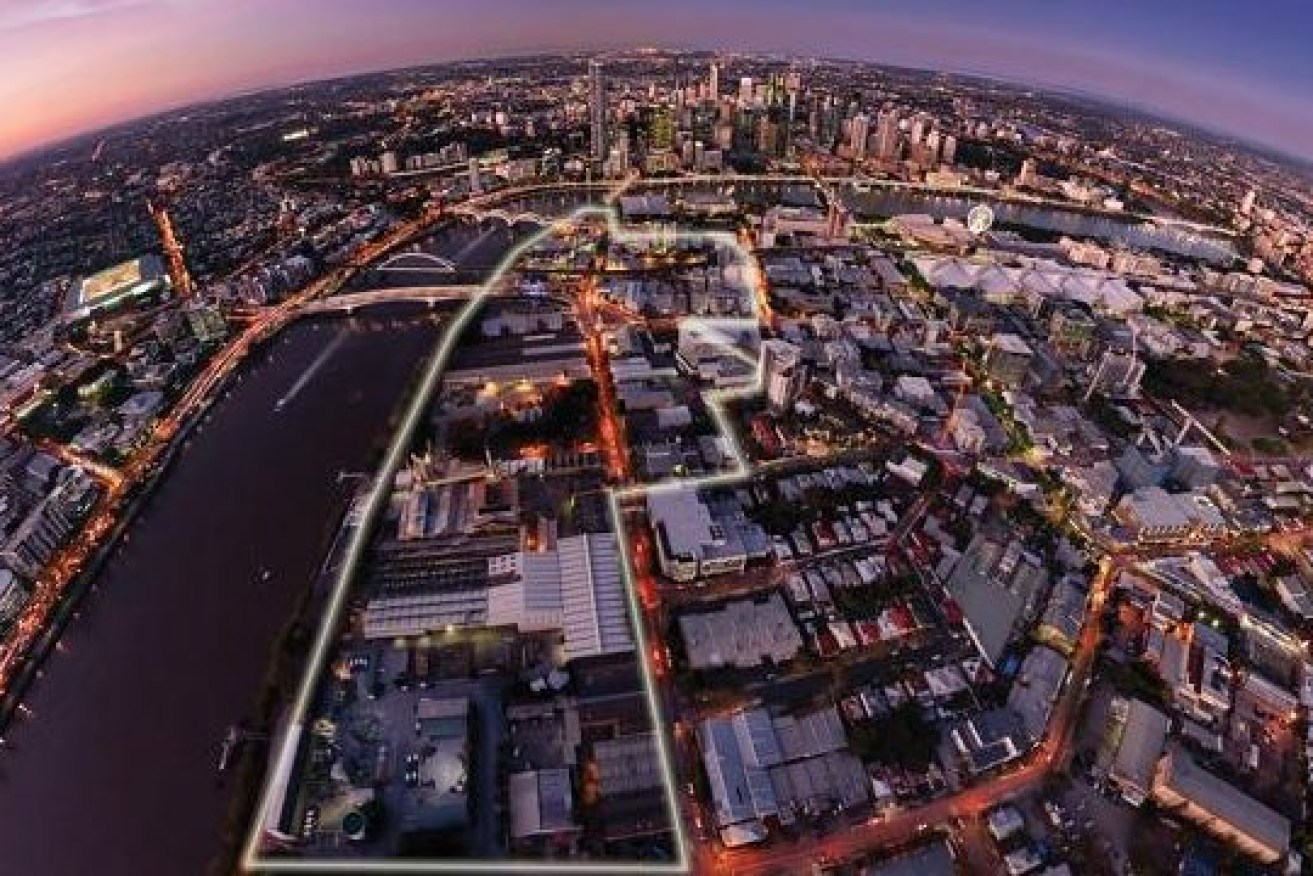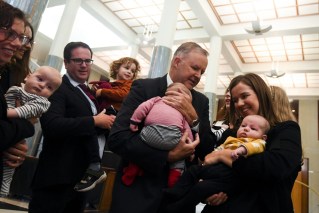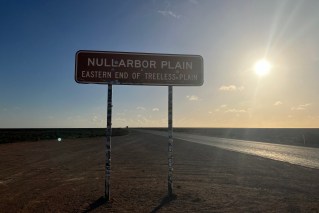The solution to Queensland’s housing crisis may be right there in our front yard
Governments had their pants pulled down when Covid hit. More so in areas like housing than anyone could have predicted. Now they’re trying to spare themselves further embarrassment, writes John McCarthy


The Kurilpa precinct
All that stimulus money went into buying and selling houses, the prices skyrocketed and landlords took the money and ran while supply chains were shattered and rebuilt.
Then floods and hail storms hit and housing suddenly became a crisis.
Now the Government is warning Queensland’s population will hit six million by 2046 and it’s going to get a whole lot more cramped.
Deputy Premier Steven Miles warned density would be the key to dealing with it.
But do we already have an answer to the problem? Is it the case that it’s the politically sensitive middle-ring suburbs hold the answer?
Former UQ architecture professor and well-known planning commentator Peter Skinner says “the areas with the least attention and the greatest opportunity in Brisbane lie in the middle-to outer suburbs’’.
These are the suburbs developed after the war, beyond the ring of character housing, with relatively large house lots and initially small and modest houses.
“In 2020 Mayor Schrinner’s LNP Council moved to ban townhouse development within this low-density residential planning zone. This move looks like folly today as the housing crisis worsens,’’ Skinner said.
“This ring of Brisbane has many well-located, and well-serviced neighbourhoods where house lots typically have 15-20 metre frontages. With a simple reversal of policy, these allotments could each easily accommodate two or three attached townhouses or terrace houses, doubling or trebling the residential density to meet contemporary demand.’’
He said this would provide opportunities for Mum and Dad developers and small builders to compete with the big corporate developers.
However, that poses a few political problems for anyone wanting to follow that path. The lifestyle of the middle suburbs is sacrosanct. If you think the opposition to density in West End is brutal, wait until someone tries this on.
The Brisbane City Council is trying to increase density, but in the inner-city areas, like Kurilpa. The Greens have fired up about this because it is their patch and protecting that has political benefits for them. Labor has also opposed the move in council.
The council’s plan to allow up to 90 storeys in Kurilpa is seen by many as a first go at a whole-of-suburb intensification or the end of the area’s lifestyle as we know it, if you’re a Greens supporter.
However, this is in the hands of the State Government which probably isn’t in the mood to help the Greens or Schrinner, but it will be a test for new Housing Minister Meaghan Scanlon, who can’t be seen to be rejecting housing options in the middle of a crisis.
The Greens don’t really want a wave of new people in the area where they have picked up strong support, but the fight will also be about how much the Kurilpa plan scares people in surrounding areas where the Greens have a chance of picking up seats in the next State election.
Peter Skinner said the LNP Council’s prohibition on “modest, evolutionary development’’ of housing in the middle ring zoning has had two effects.
“It has created greater pressure for more apartment blocks in the higher density zonings that often require impact-assessment, amalgamations and land-banking that add time and cost to projects. It has also created a ring of low-density but high demand housing that inflates house prices within the bounds of Brisbane City,’’ he said.
“This restriction of supply pushes growth of affordable housing further out into Moreton, Redlands, Logan, Scenic Rim and Ipswich local government areas. The outward sprawl of our metropolis consumes rural and forested land, dilutes infrastructure and service provision, and exacerbates the worst aspects of the car-based commuter city.
“A side-effect is to concentrate rate revenue within the BCC, while pushing responsibility for greater housing delivery out to the surrounding ‘Cinderella’ LGAs.
“It’s at this level of planning for the Greater Brisbane metropolis, that the ALP Government’s SEQ planners and the LNP BCC planners need to work cooperatively if we want to avoid a Lib v Lab turf war, like Brisbane Metro v Cross River Rail.
“Hopefully, the urgency of the current housing crisis will encourage all engaged in the planning process to bring fresh eyes and fresh ideas to the problem of city-shaping.’’












